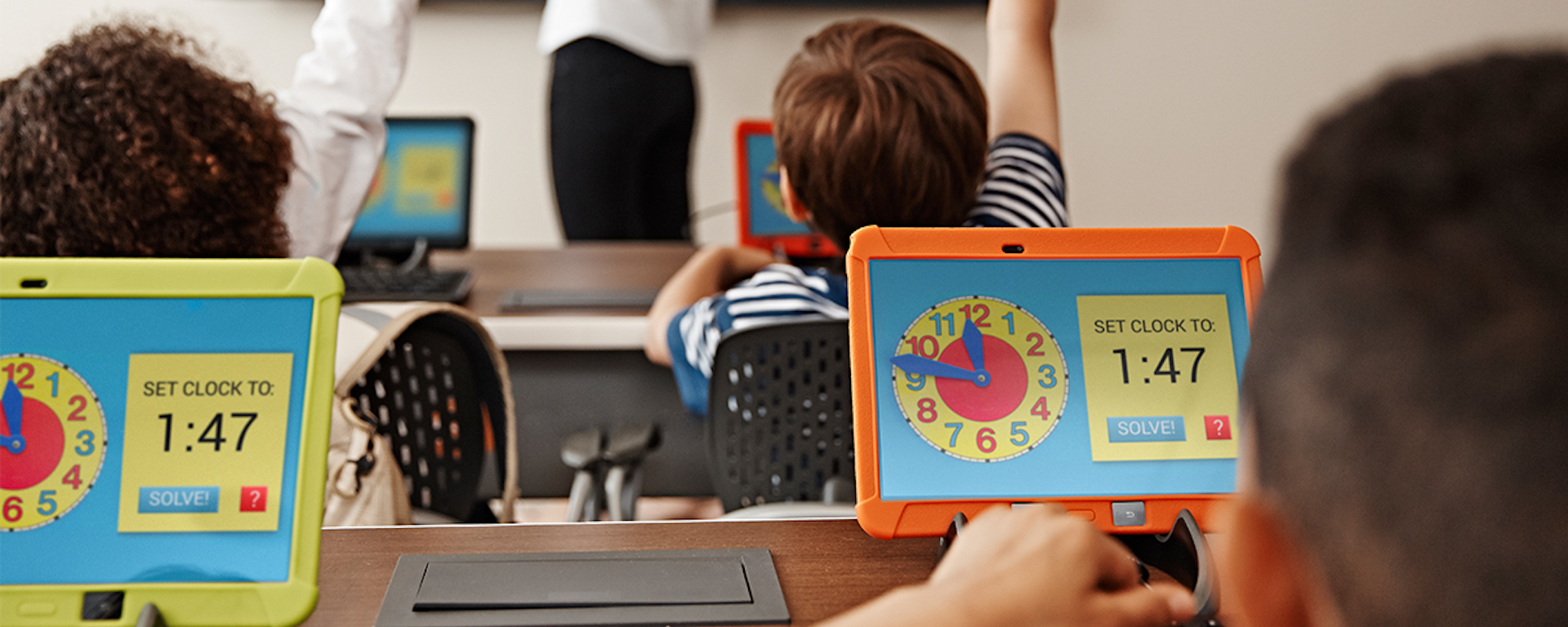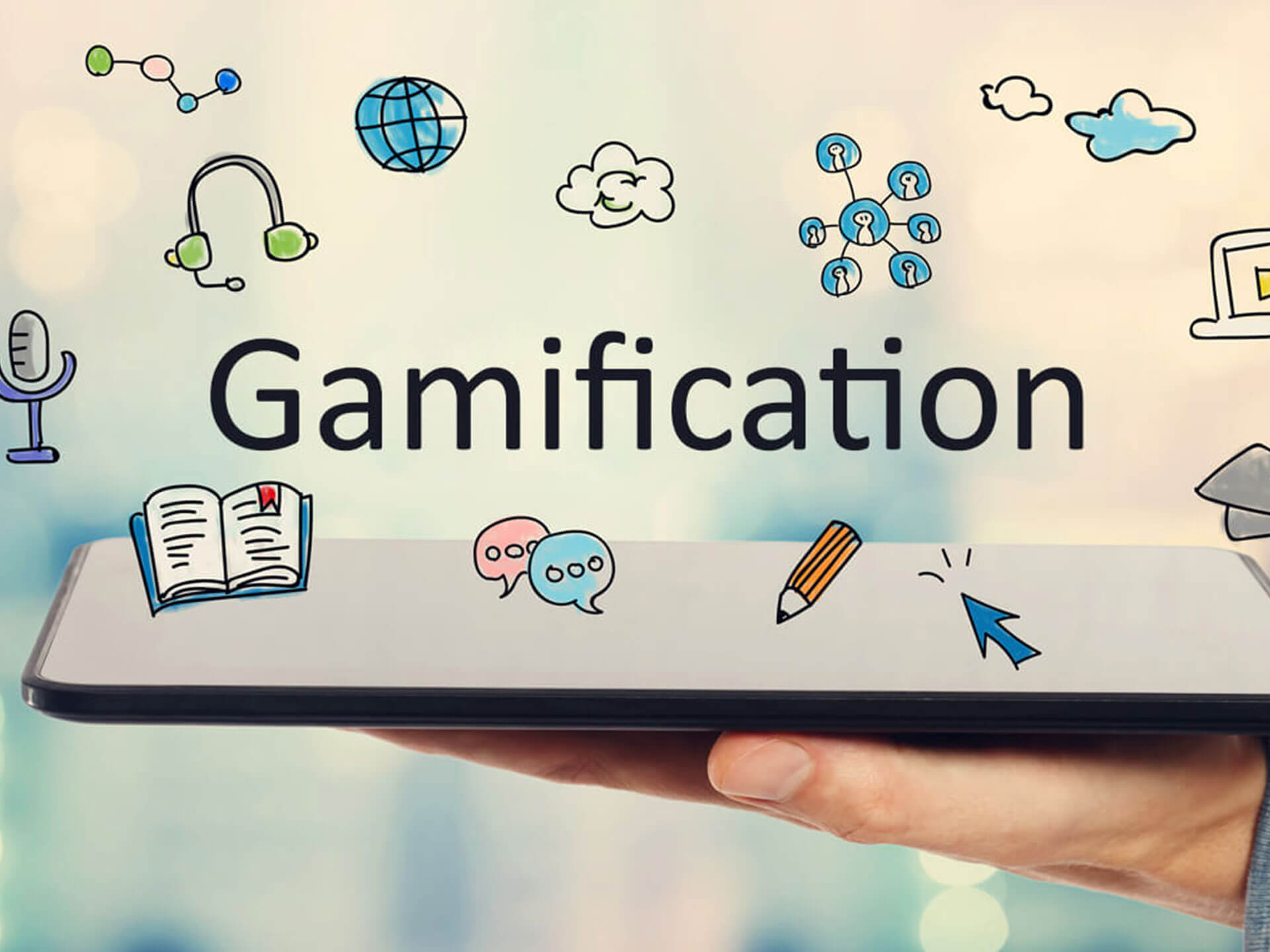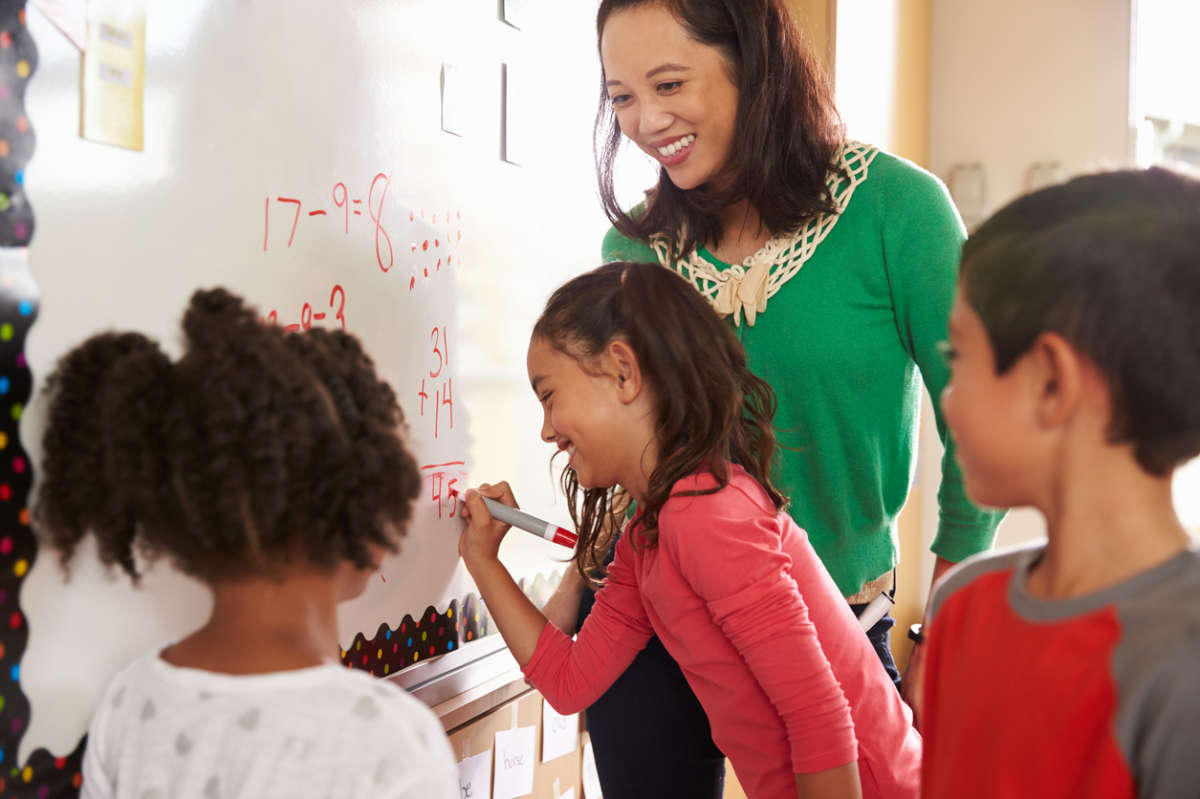
In the digital age, traditional teaching methods are being augmented by innovative approaches that leverage technology and psychology to engage students more effectively. One such method gaining traction in educational circles is gamification—the integration of game elements and mechanics into non-game contexts, such as the classroom. By infusing learning experiences with elements of play, gamification holds the potential to revolutionize education, making it more engaging, interactive, and effective. In this article, we’ll explore the concept of gamification in the classroom, its benefits, implementation strategies, and examples of successful integration.
Understanding Gamification
Gamification involves applying principles and techniques commonly found in games to educational settings to enhance motivation, participation, and learning outcomes. These elements may include points, badges, leaderboards, challenges, narratives, and rewards, all designed to create a more immersive and enjoyable learning experience. By tapping into intrinsic motivators such as curiosity, competition, and achievement, gamification can transform passive learners into active participants, driving deeper engagement and retention of knowledge.
The Benefits of Gamification
1. Increased Motivation and Engagement
Games are inherently motivating, providing clear goals, feedback, and rewards for progress. By incorporating game elements into the learning process, educators can capture students’ attention and sustain their interest over time. Gamification fosters a sense of autonomy, mastery, and purpose, encouraging students to invest time and effort into their learning journey.
2. Improved Learning Outcomes
Research has shown that gamification can lead to improved learning outcomes across various subjects and age groups. By making learning more interactive and experiential, students are better able to grasp complex concepts, retain information, and apply their knowledge in real-world contexts. Gamified activities promote active learning, critical thinking, problem-solving skills, and collaboration—all essential skills for success in the 21st century.
3. Personalized Learning Experiences
Gamification allows for greater customization and adaptability in the learning process. Educators can design experiences that cater to individual learning styles, preferences, and proficiency levels, providing targeted support and challenges as needed. Through branching narratives, adaptive feedback, and differentiated tasks, students can progress at their own pace and receive personalized guidance along the way.
4. Positive Classroom Culture
Gamification fosters a positive classroom culture characterized by collaboration, camaraderie, and healthy competition. By working together toward common goals and celebrating achievements, students develop a sense of belonging and community. Moreover, gamified experiences promote a growth mindset, encouraging students to embrace challenges, learn from failures, and persist in the face of obstacles.
Implementing Gamification in the Classroom
1. Define Learning Objectives
Start by identifying clear learning objectives and aligning gamified activities with curriculum standards and educational goals. Determine the skills and concepts you want students to master and design game elements that support those objectives.
2. Choose Appropriate Game Mechanics
Select game mechanics and elements that align with your learning objectives and resonate with your student’s interests and preferences. Consider incorporating elements such as points, levels, badges, quests, challenges, and rewards to create a cohesive and engaging experience.
3. Provide Feedback and Progress Tracking
Offer timely and constructive feedback to guide students’ learning progress and reinforce desired behaviours. Use leaderboards, progress bars, and achievement trackers to visualize students’ performance and motivate continued effort and improvement.
4. Foster Collaboration and Competition
Promote collaboration through team-based activities, cooperative challenges, and peer-to-peer support. Additionally, leverage healthy competition to motivate students and spark engagement. Encourage friendly rivalry through leaderboards, tournaments, and challenges that celebrate both individual and collective achievements.
5. Reflect and Iterate
Continuously evaluate the effectiveness of gamified activities and solicit feedback from students to inform future iterations. Reflect on what worked well and what could be improved, and be willing to adapt your approach based on insights and observations.

Examples of Gamification in Action
1. Classcraft
Classcraft is a popular gamification platform that transforms the classroom into a role-playing game, where students embark on epic quests, earn experience points, and level up their characters by completing assignments and demonstrating positive behaviours.
2. Kahoot!
Kahoot! is a game-based learning platform that allows educators to create and share interactive quizzes, surveys, and discussions. Students can participate in live multiplayer games or self-paced challenges, competing against their peers while reinforcing learning objectives.
3. Duolingo
Duolingo gamifies language learning by incorporating elements of gameplay, such as levelling up, earning virtual currency, and completing challenges. The platform offers bite-sized lessons, interactive exercises, and personalized feedback to engage learners and facilitate language acquisition.

Gamification has the potential to revolutionize education by making learning more engaging, interactive, and enjoyable. By integrating game elements and mechanics into the classroom, educators can motivate students, enhance learning outcomes, and foster a positive classroom culture. Whether through points, badges, quests, or leaderboards, gamification harnesses the power of play to inspire curiosity, promote collaboration, and empower students to become lifelong learners in the digital age. Embrace the playful spirit of gamification and embark on a transformative journey of teaching and learning today.
